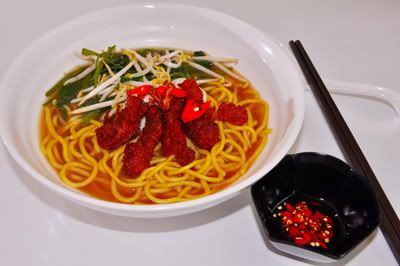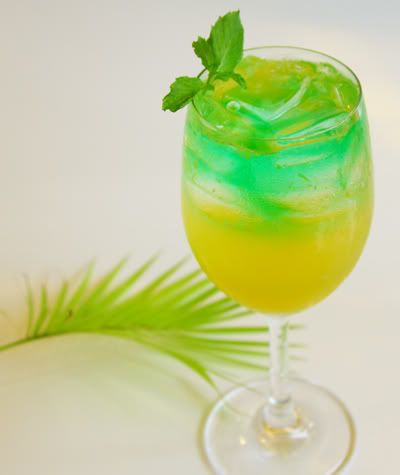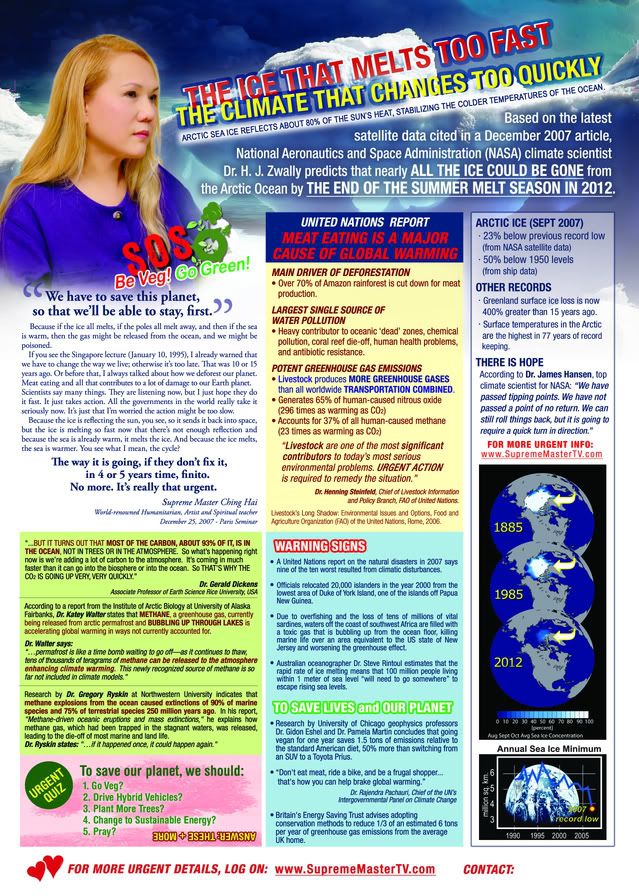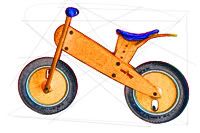Camera Talk RAW vs JPEG processing 2 Monday, June 15, 2009

Previously we talked about the advantages of shooting in RAW, and how the RAW format is actually similar to buying insurance. For those times when something goes terribly wrong, and you can never shoot the same scene again, then shooting in RAW provides you the insurance, a second chance to get things right.
We have also seen that certain camera settings can only be changed in the RAW format, after the fact. Such settings as exposure control, highlights and shadows (Nikon called it D-lighting) and White Balance can only be changed if you have a RAW file, not a JPEG file.
There are times when selecting a correct White Balance can make or break a photo, and also in certain situations a color cast can be very difficult or nearly impossible to remove in JPEG format. For these occassions, a RAW file is invaluable.
If you shoot in RAW, then the problem of White Balance becomes less critical. For example, you don't need to use White Balance Bracketing at all. White Balance Bracketing is for those who shoot in JPEG. Although it is a very fast in-camera process which captures three photos in rapid succession with different White Balance tunings without requiring you to change the drive mode away from single shot, it is absolutely redundant if you shoot in RAW. This is because you can produce as many White Balance variations as you wish when you process the RAW file.
So in short, the advantages of shooting in RAW format are:
1) Correct exposure up to 2 stops withoug impacting image quality.
3) Change White Balance settings after shooting, including fine tuning of white balance.
4) Change picture style choices, after the fact.
5) Lens specific corrections such as CA (Chromatic Abberation) and distortion correction.

Labels: photography
Lasm's story told @10:17 PM








